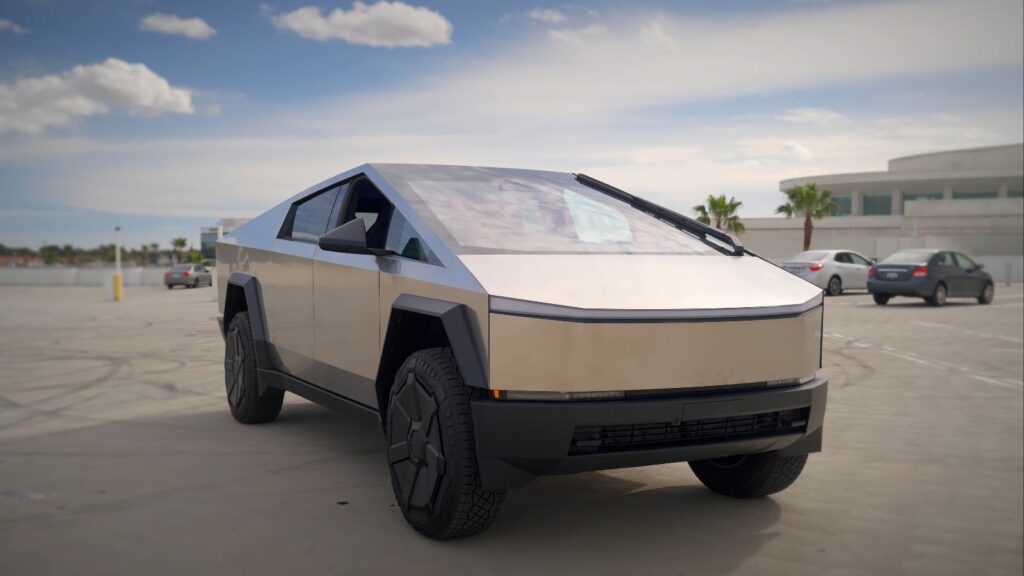The Tesla Cybertruck has dominated headlines ever since its dramatic reveal, and it remains one of the most polarizing vehicles ever made. Its wedge-shaped design, stainless steel body, and futuristic features have made it a conversation starter everywhere. But for all the hype and attention, owning one comes with some very real drawbacks. From practicality issues to hidden costs, the Cybertruck might not live up to the expectations of everyday Canadian and American buyers. Here are ten reasons why the Cybertruck could turn out to be a bad purchase.
The Styling Is Polarizing

There’s no denying that the Cybertruck’s looks are unique. It’s sharp, angular, and unlike anything else on the road. Some fans praise it as a bold design that represents the future, but for others it looks unfinished or downright ugly. Traditional truck buyers who have long valued rugged yet familiar styling often find the Cybertruck’s design unappealing. In smaller Canadian towns or rural parts of the US, owning one can make you stand out in ways you may not want. It’s a design that sparks debate but doesn’t necessarily age well in a segment known for timeless appeal.
Limited Practicality as a Truck
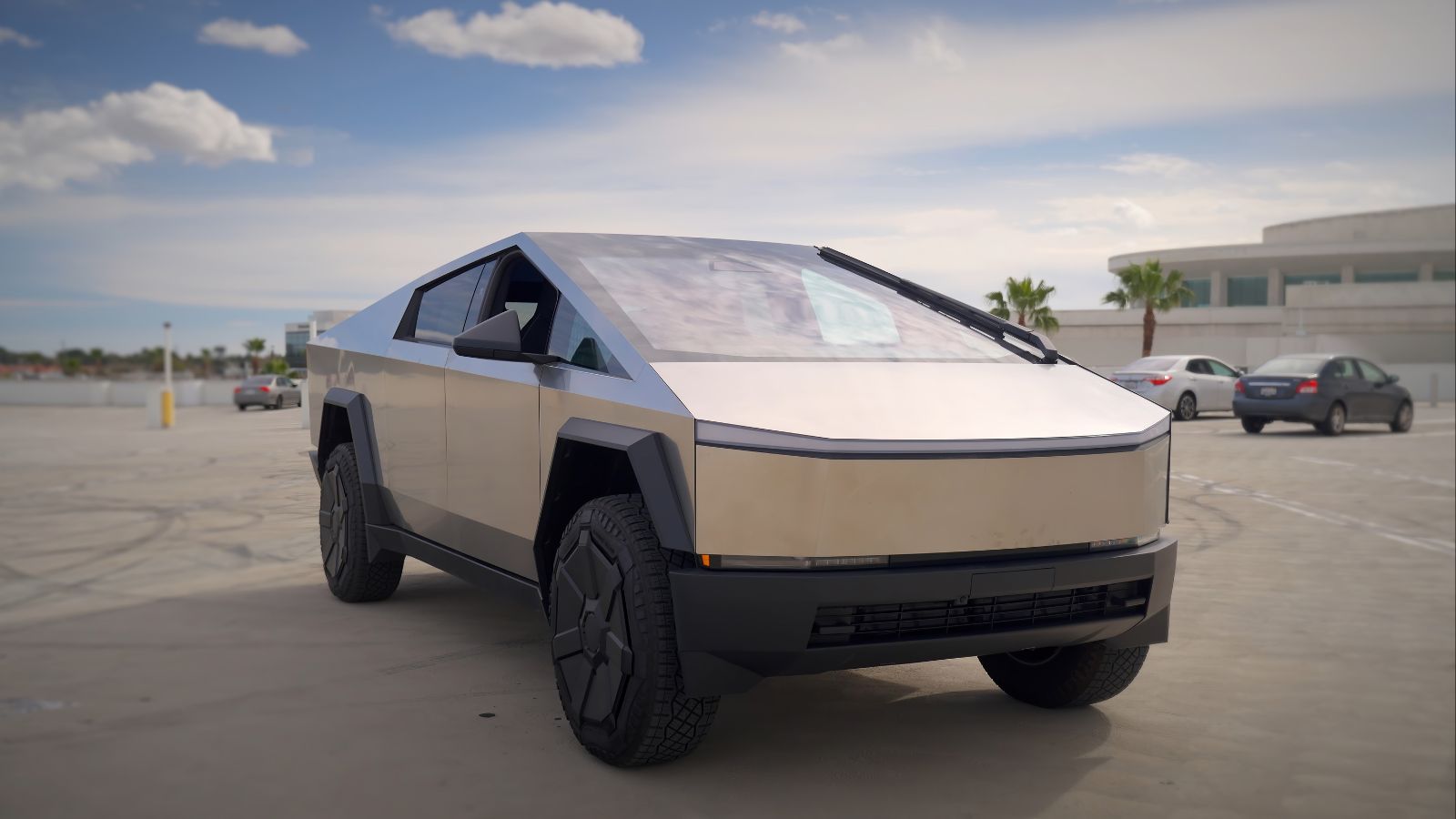
A pickup truck is supposed to be about function first, but the Cybertruck struggles here. Its triangular bed design and sloping angles make it less useful for hauling unusual or oversized items. Accessories like toolboxes, racks, or even some campers don’t fit the way they do on traditional pickups. The lack of decades’ worth of aftermarket parts support means buyers can’t customize the Cybertruck as easily as they can with Fords, Rams, or Chevys. For Canadian contractors or American farmers who need a truck to earn its keep, the Cybertruck feels more like a toy than a tool.
Charging Infrastructure Challenges
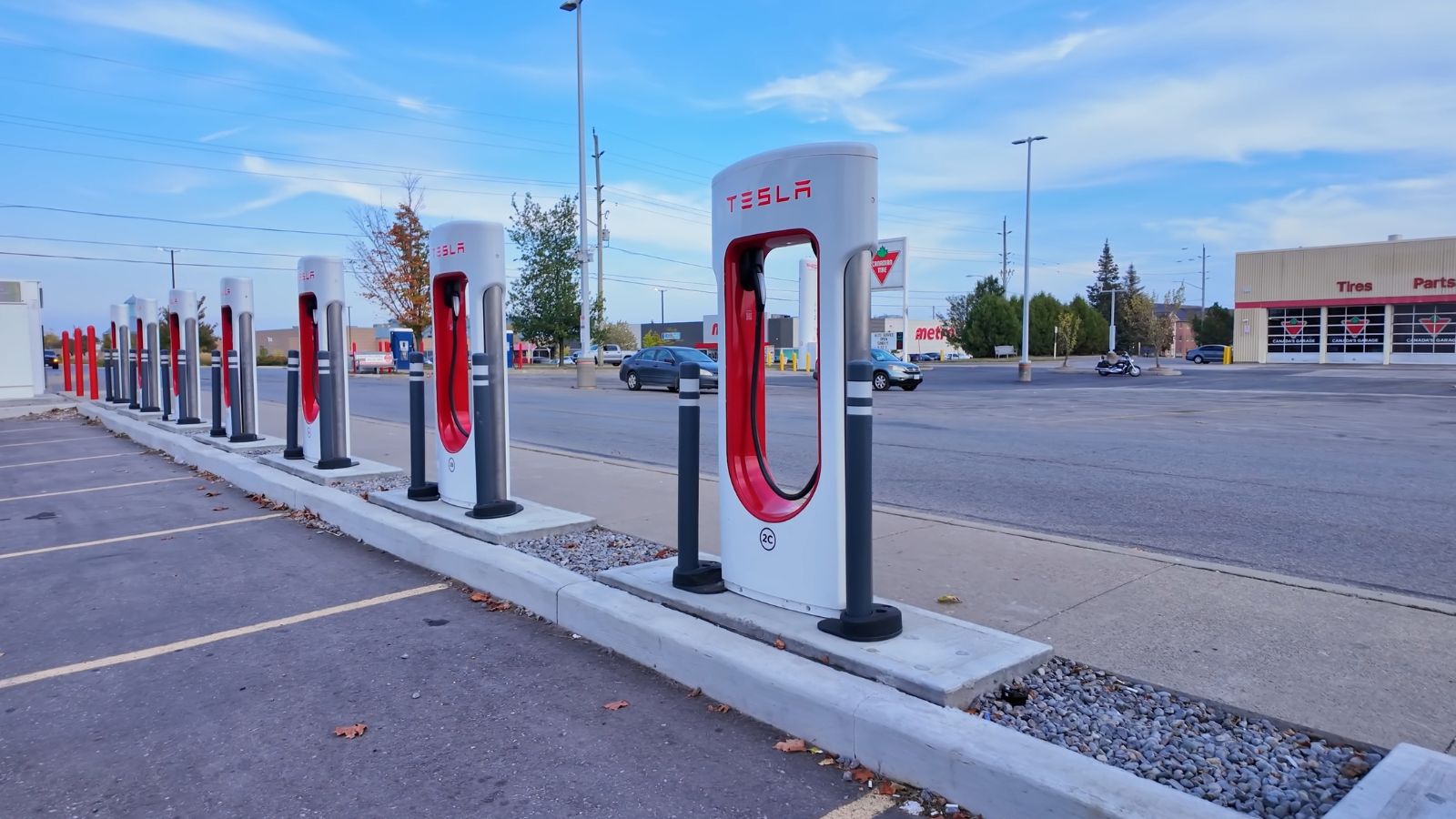
While Tesla has one of the best EV charging networks, it still falls short in many parts of Canada and rural America. Drive outside major cities or through provinces like Saskatchewan or states like Montana, and you’ll quickly realize charging isn’t as easy as finding a gas station. Long-distance trips, especially those involving towing or carrying heavy loads, require extra planning. For many truck owners who value the freedom to go anywhere, anytime, the Cybertruck creates unnecessary range anxiety. It’s a major obstacle in a segment where convenience matters.
Range Drops Dramatically With Towing
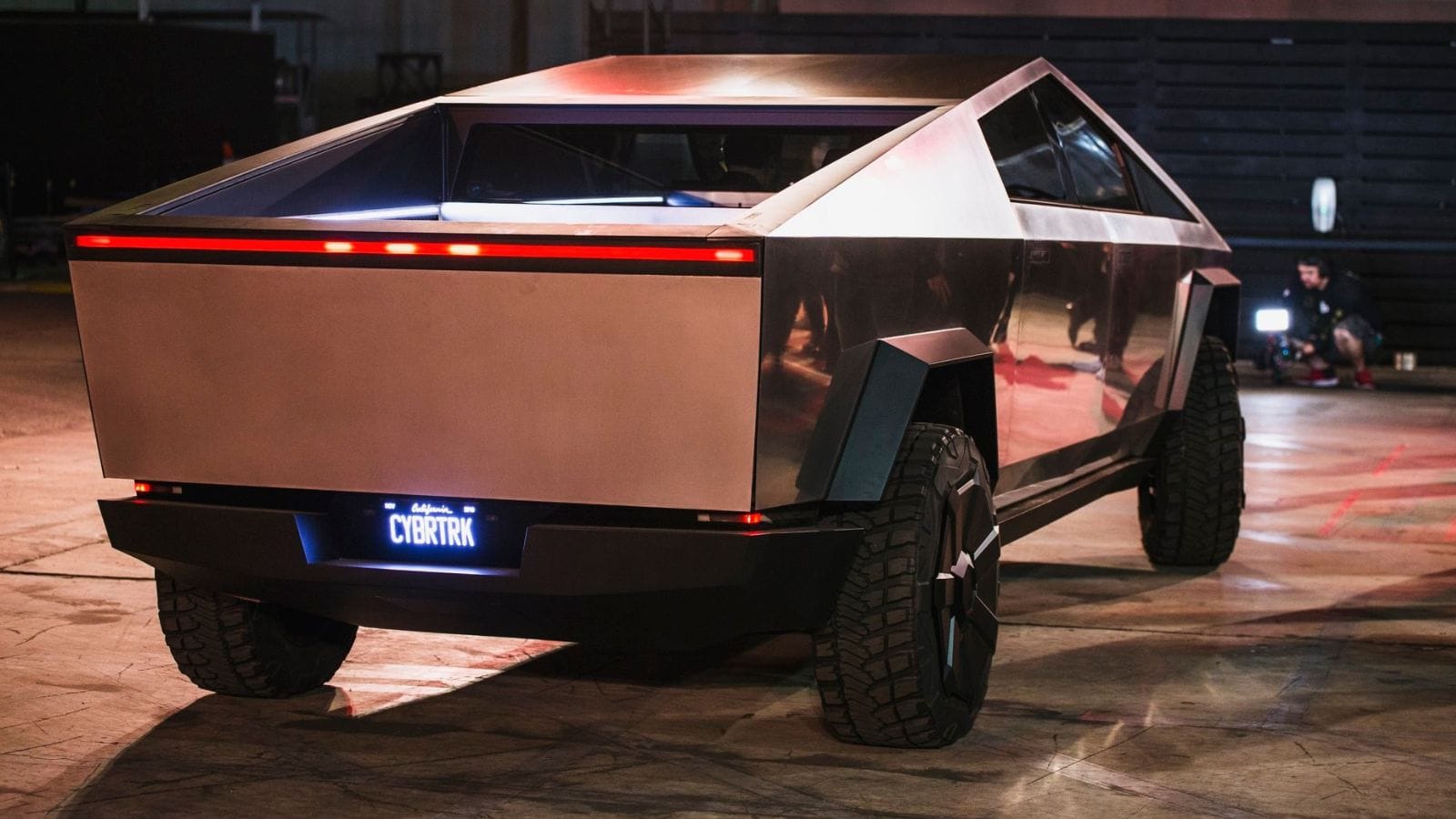
Tesla advertises impressive range numbers on paper, but towing changes the story dramatically. Owners of other Tesla models already know that range can drop significantly in cold Canadian winters, and when you add a heavy trailer or camper, efficiency plummets further. In real-world tests, towing has been shown to cut EV range by nearly half, and the Cybertruck is no exception. For families hauling RVs across Alberta or Americans towing boats in Florida, that means constant stops to recharge. Compared to a gas or diesel truck that can tow all day with minimal downtime, this is a huge disadvantage.
Repair Costs Could Be Extreme
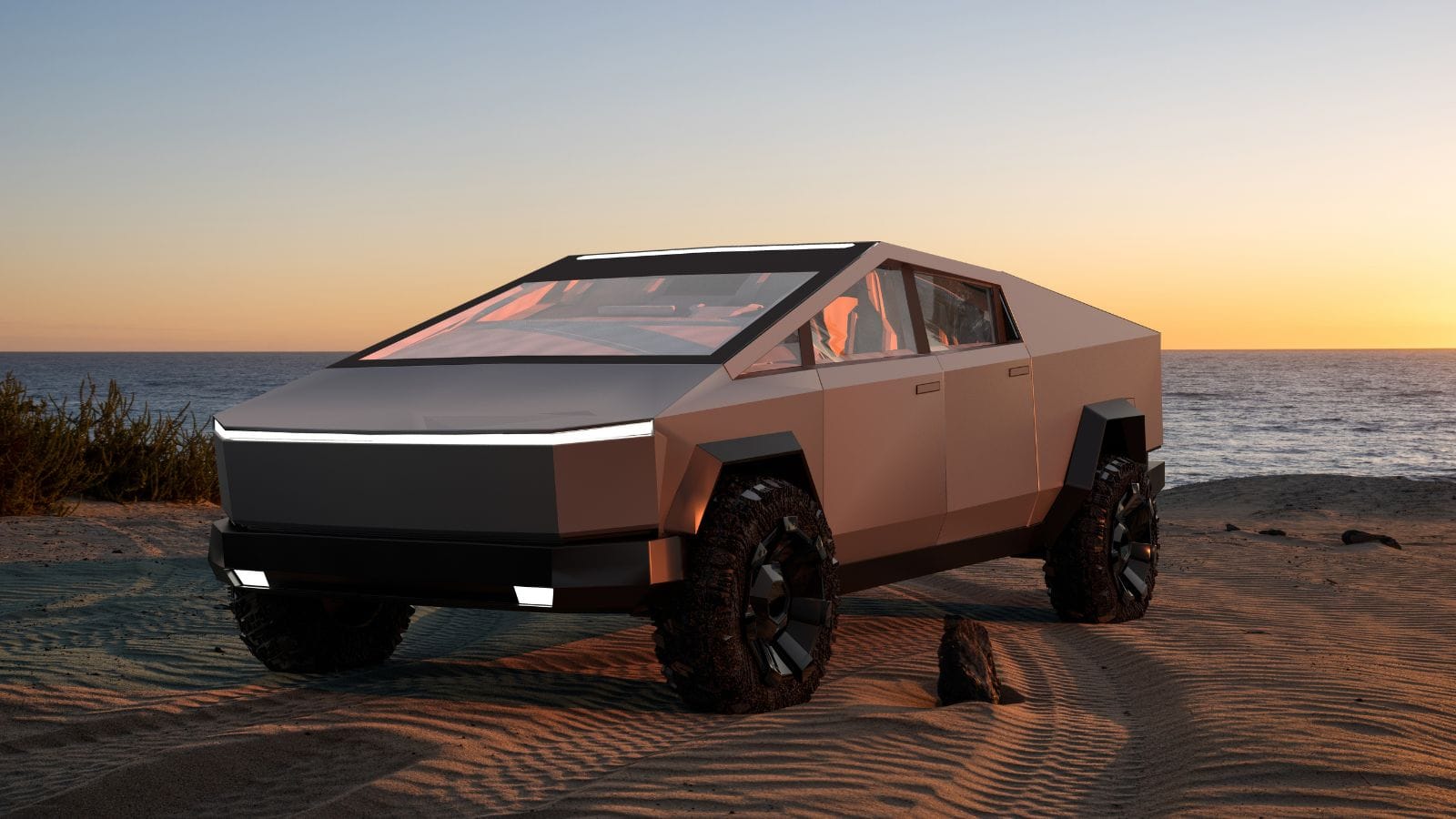
Tesla built the Cybertruck’s body from stainless steel for toughness and durability. While that sounds good on paper, it introduces huge challenges in the real world. Stainless steel is notoriously difficult to repair, and dents or scratches can’t just be smoothed out at a regular body shop. Most Canadian repair centers aren’t equipped for it, which means long waits and high costs if damage occurs. Even minor fender benders could cost thousands more to fix than on a standard pickup. Combine this with Tesla’s already stretched service network, and owning a Cybertruck could be a financial headache.
Build Quality Concerns
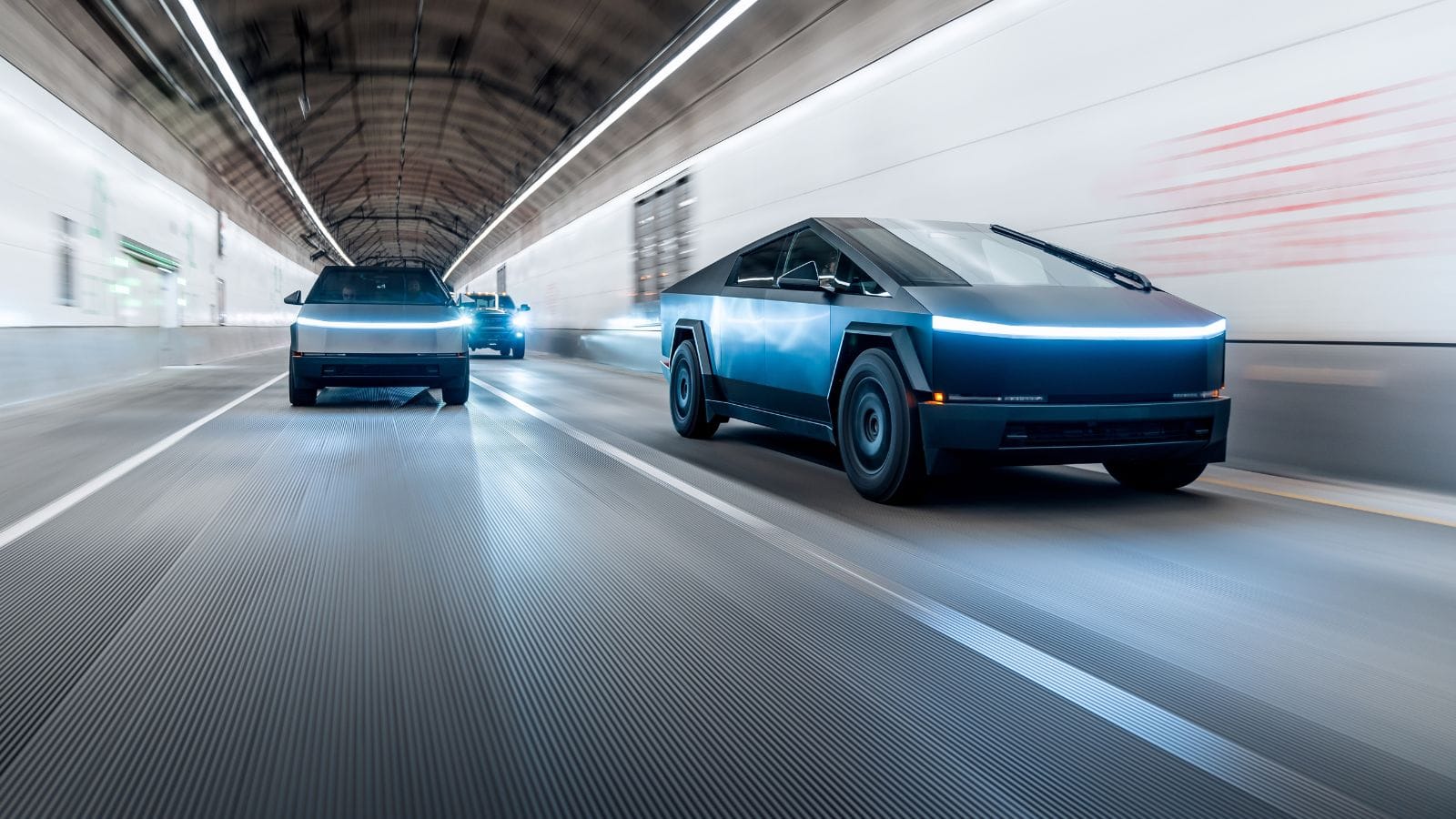
Tesla has a history of inconsistent build quality. Complaints about panel gaps, paint finishes, and misaligned parts are common across its lineup. The Cybertruck’s unusual design only increases the risk of these problems, with its sharp edges and stainless steel construction leaving little margin for error. Early buyers have already reported uneven finishes and odd assembly quirks. For Canadians used to trucks that survive salty winter roads and rough conditions, build quality is a serious concern. A vehicle that looks futuristic but doesn’t hold up in daily use isn’t much of a bargain.
Price Creep From the Original Promise
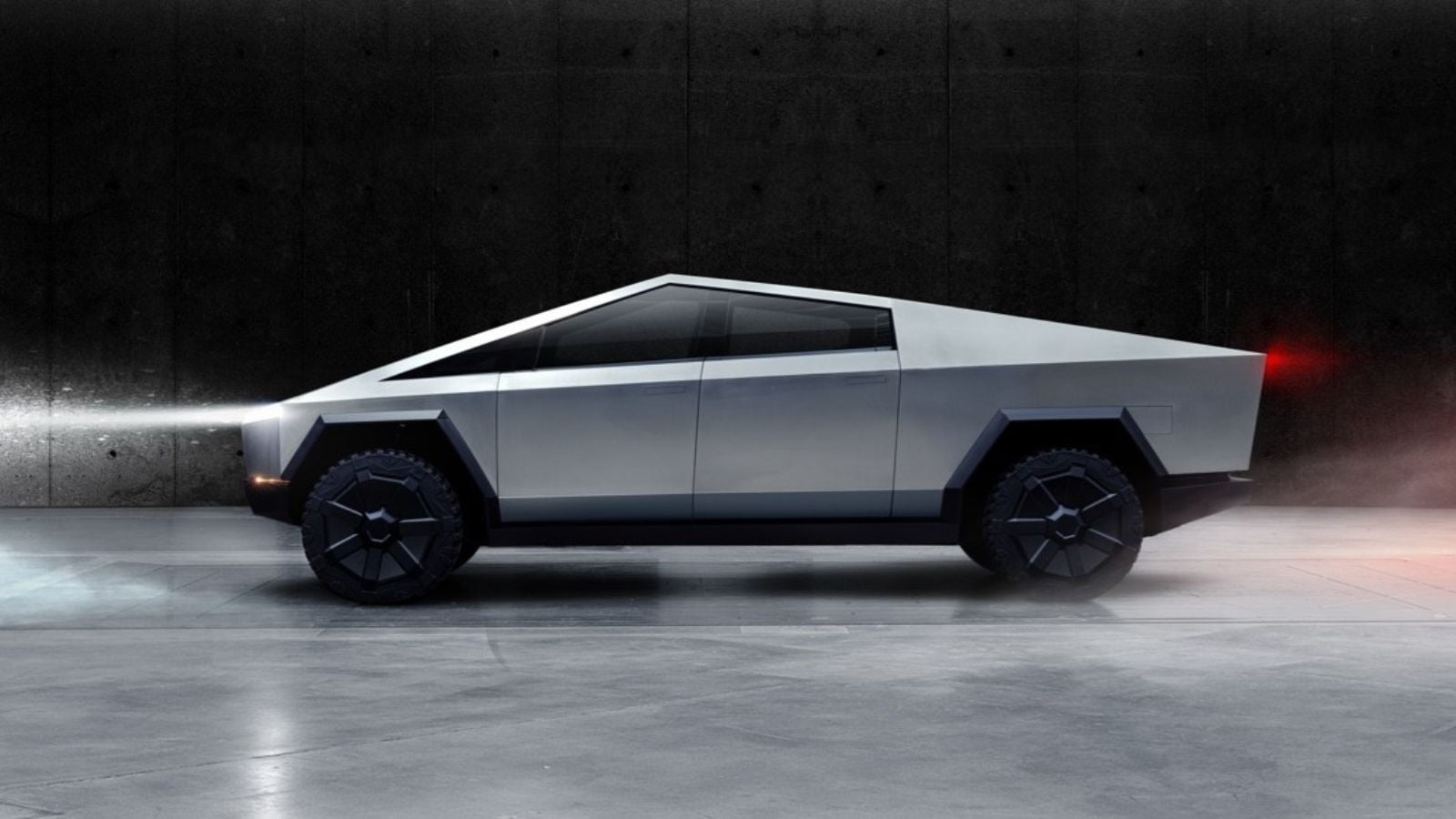
When Tesla first announced the Cybertruck, it was marketed as an affordable alternative to traditional pickups, with base prices that seemed surprisingly low. Fast forward to its actual release, and prices are much higher, especially once you factor in desirable options. High-end versions cost as much as luxury vehicles, putting them out of reach for many buyers. In Canada, where vehicles are already more expensive due to taxes and import costs, the Cybertruck’s final sticker price feels far from the “affordable” promise that excited fans years ago.
Weight and Size Problems
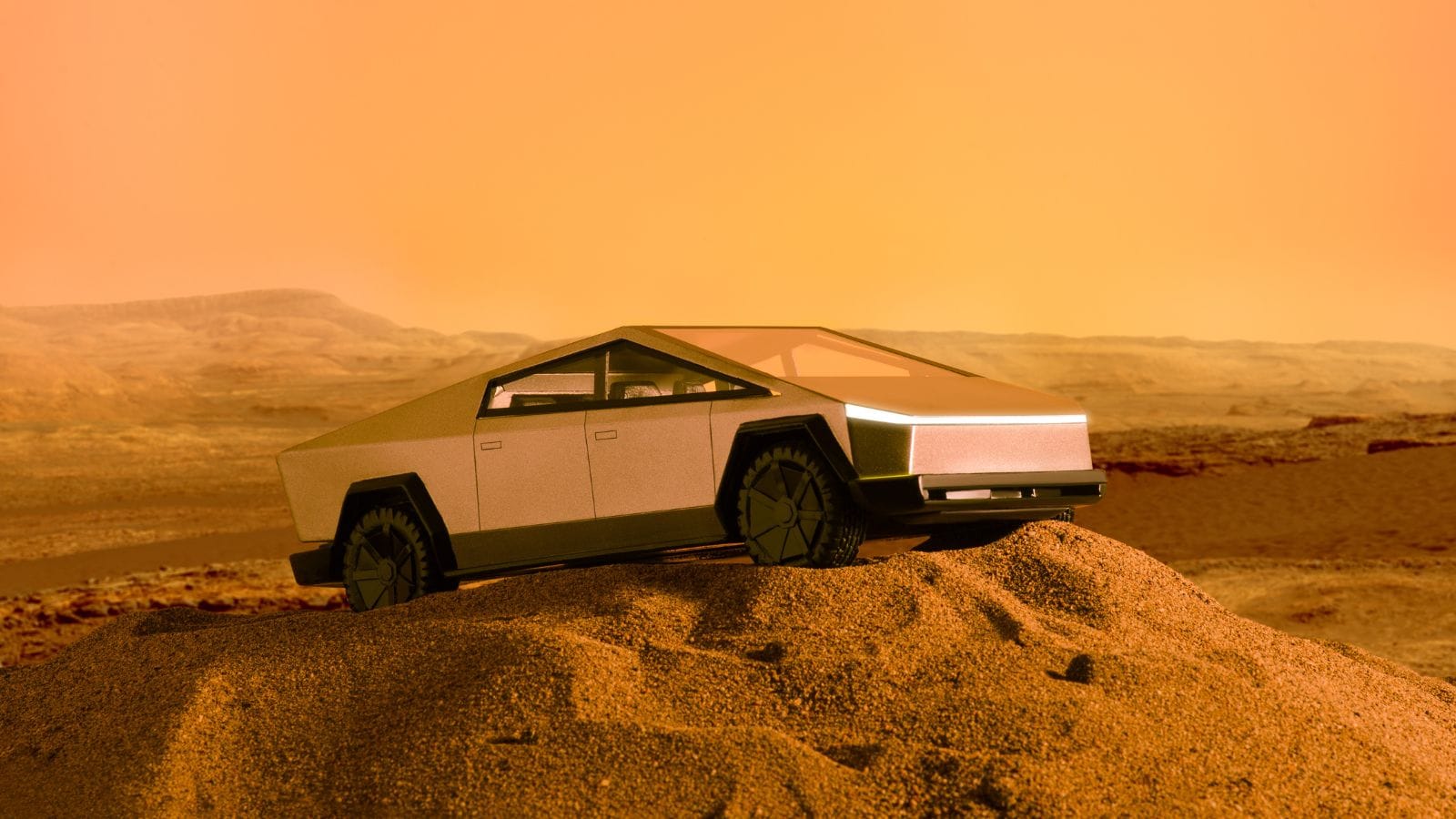
The Cybertruck is enormous. Its stainless steel construction and massive batteries give it curb weights far higher than most half-ton pickups. That weight doesn’t just affect handling; it impacts braking, tire wear, and maneuverability. Narrow streets in older Canadian cities or tight parking garages in US downtowns become a nightmare. Even basic tasks like parallel parking or navigating through construction zones are made harder. It’s marketed as rugged, but its sheer size can be more of a liability than a strength.
Resale Value Is Uncertain
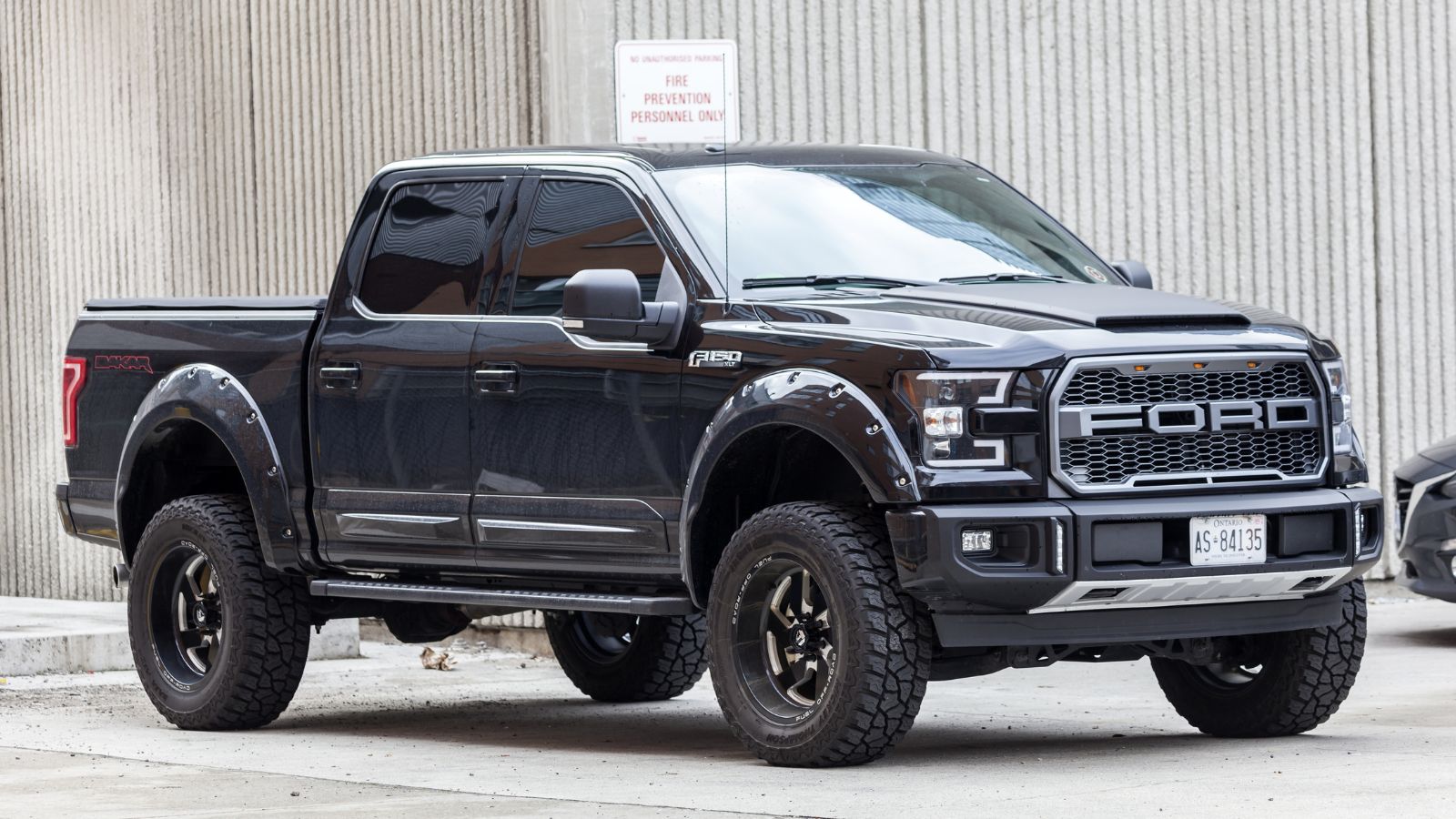
Traditional pickups like the Ford F-150, Ram 1500, or Toyota Tundra hold their value well because of their reputation for durability and strong demand. The Cybertruck, however, is a wildcard. Its futuristic looks may not age gracefully, and questions about its long-term reliability linger. If demand fades or the design falls out of fashion, resale values could drop dramatically. Canadian buyers in particular, who often swap vehicles every few years, may find themselves losing money far faster than with a conventional truck.
It’s More Statement Than Tool
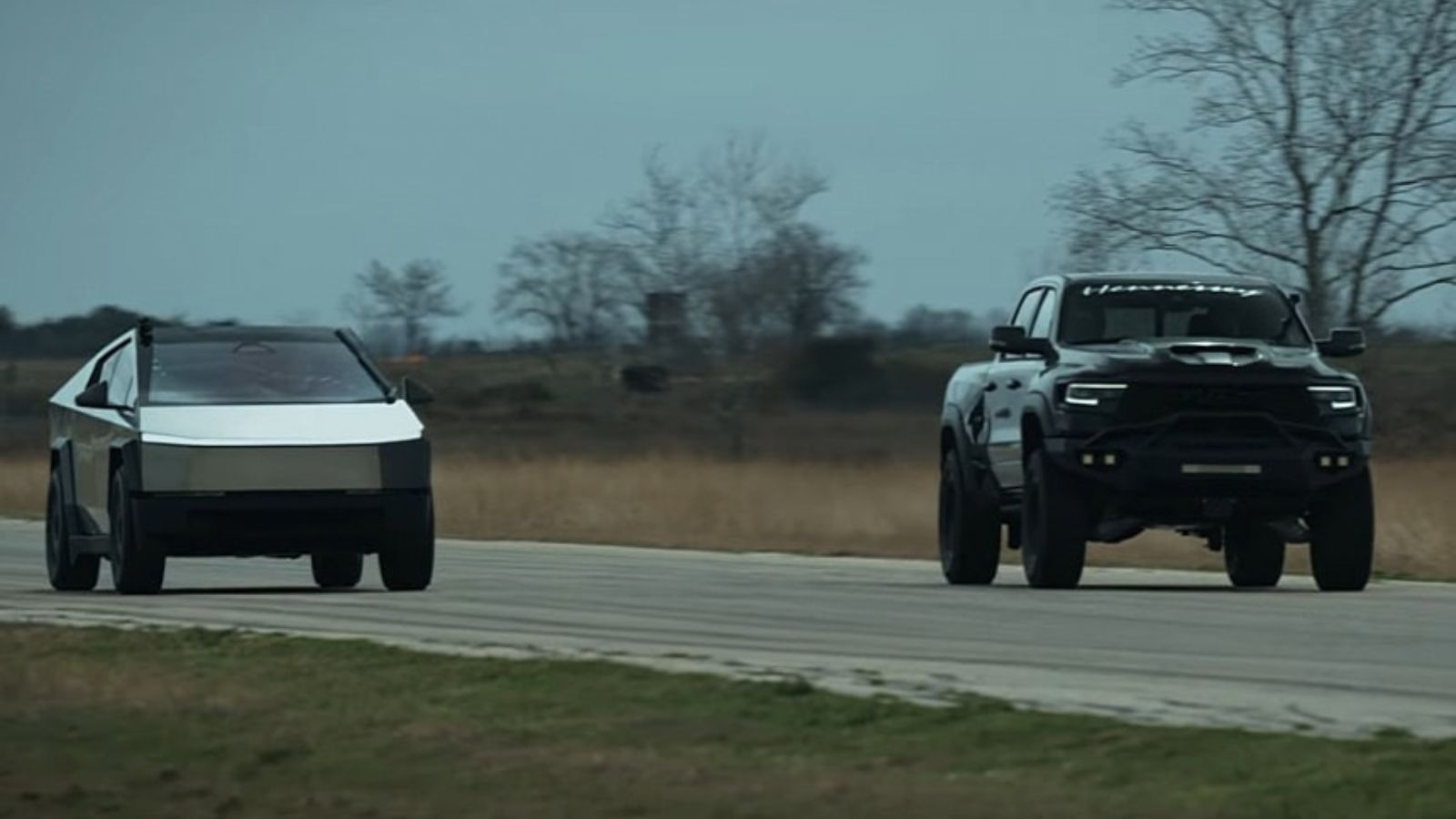
At the end of the day, the Cybertruck feels less like a practical truck and more like a rolling statement piece. Its sharp design and EV powertrain make it a status symbol for tech fans rather than a true workhorse. It can’t match the proven towing, hauling, or rugged durability of long-established models like the Silverado, F-150, or Ram. For Canadian buyers who face harsh winters and rely on trucks for serious labor, or Americans who use pickups daily for business, the Cybertruck feels more like a showpiece than a dependable tool.
25 Facts About Car Loans That Most Drivers Don’t Realize

Car loans are one of the most common ways people fund car purchases. Like any other kind of loan, car loans can have certain features that can be regarded as an advantage or a disadvantage to the borrower. Understanding all essential facts about car loans and how they work to ensure that you get the best deal for your financial situation is essential. Here are 25 shocking facts about car loans that most drivers don’t realize:
25 Facts About Car Loans That Most Drivers Don’t Realize
